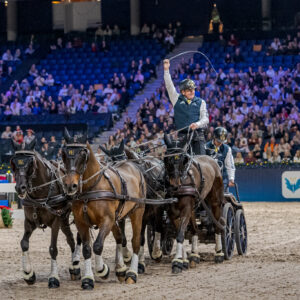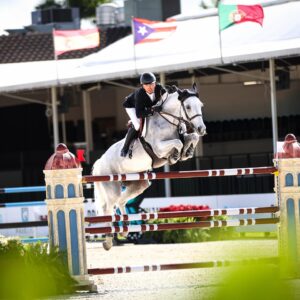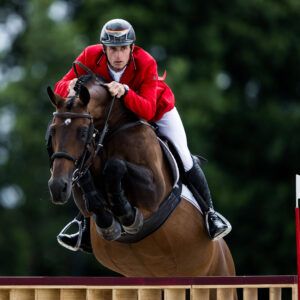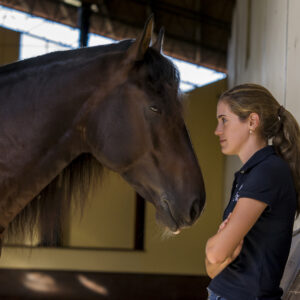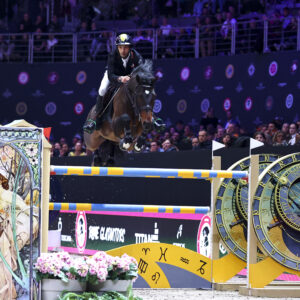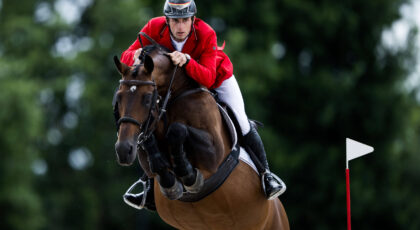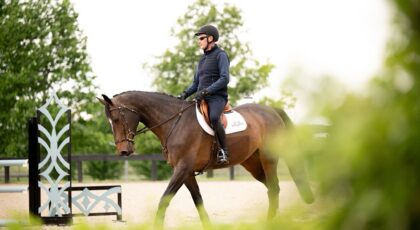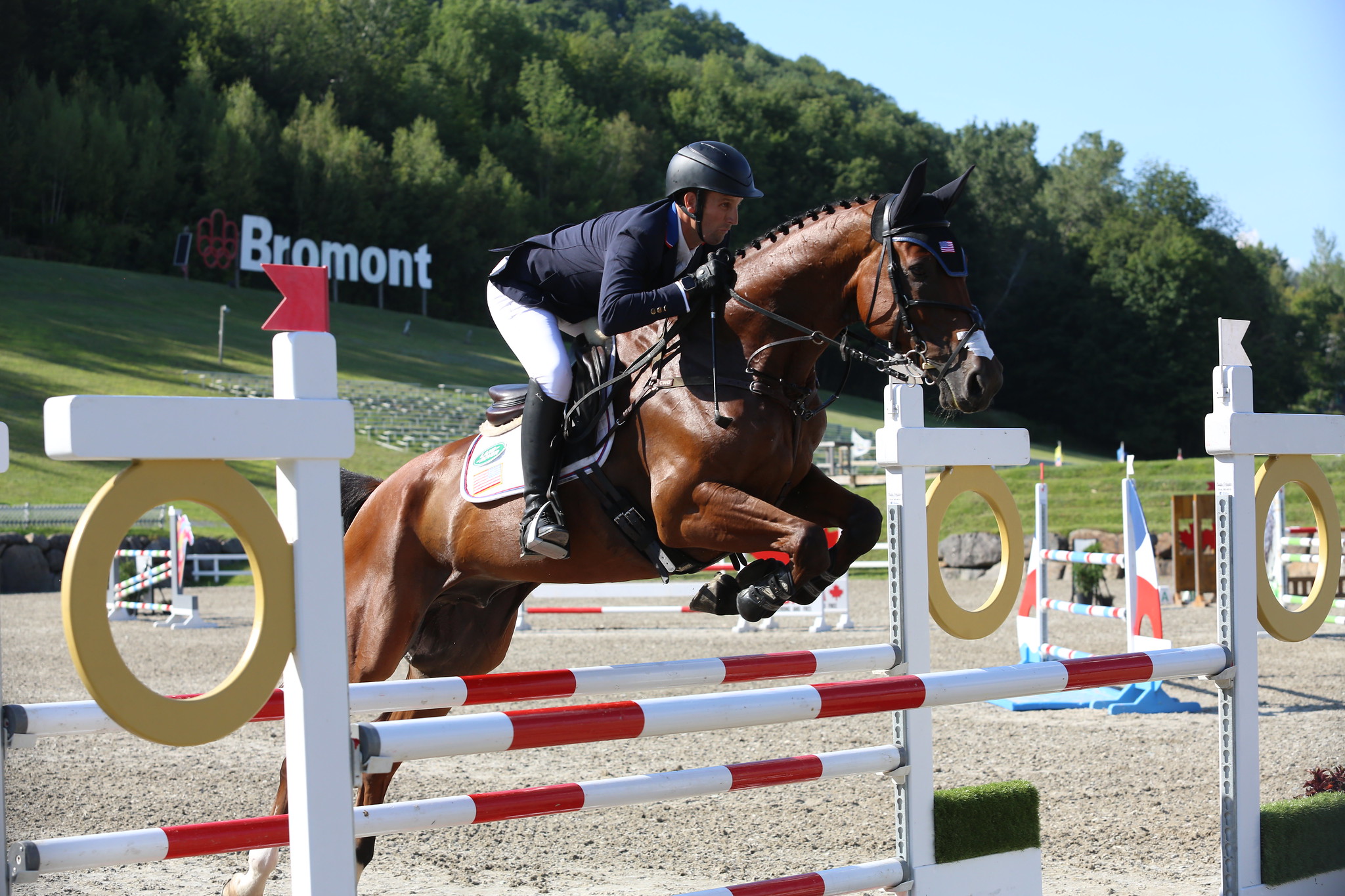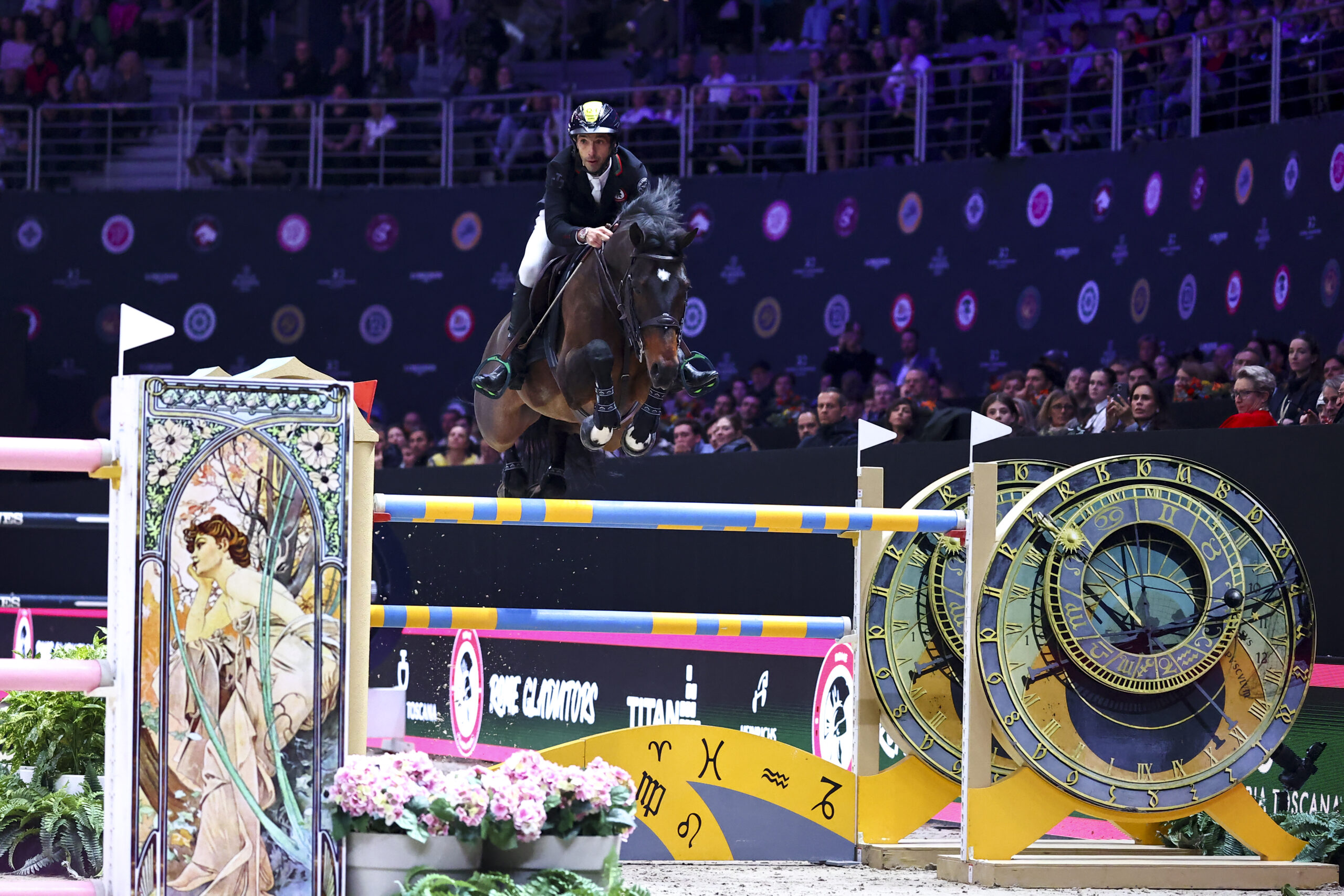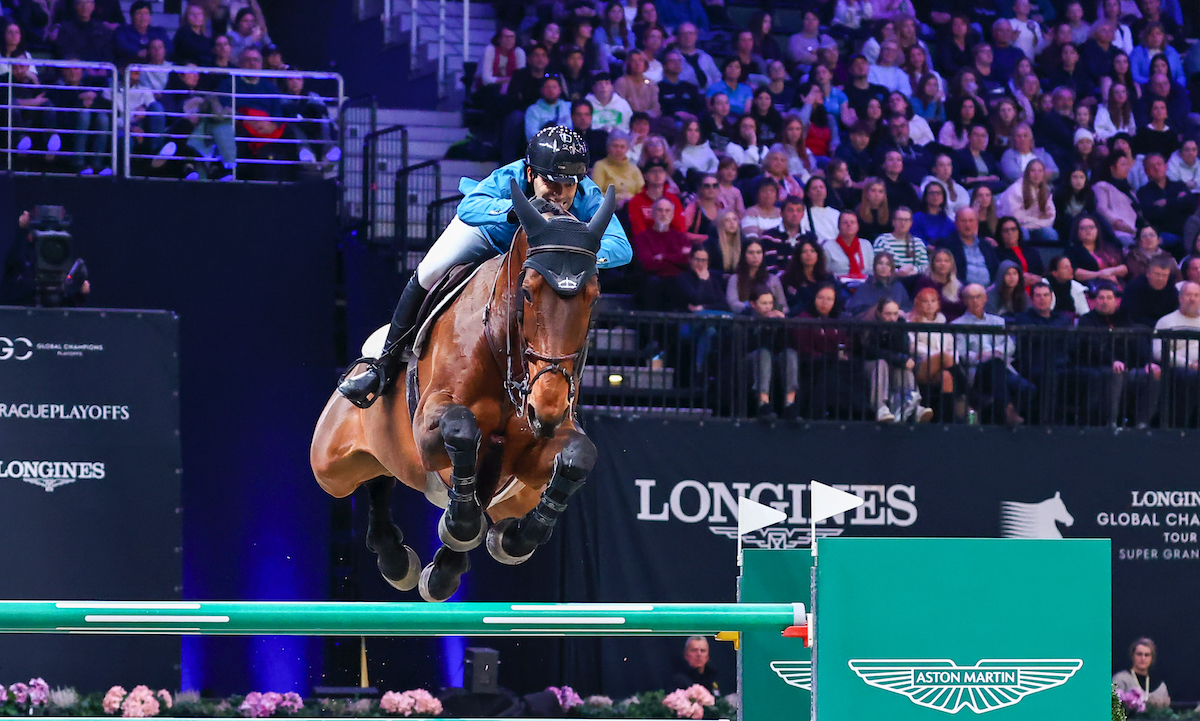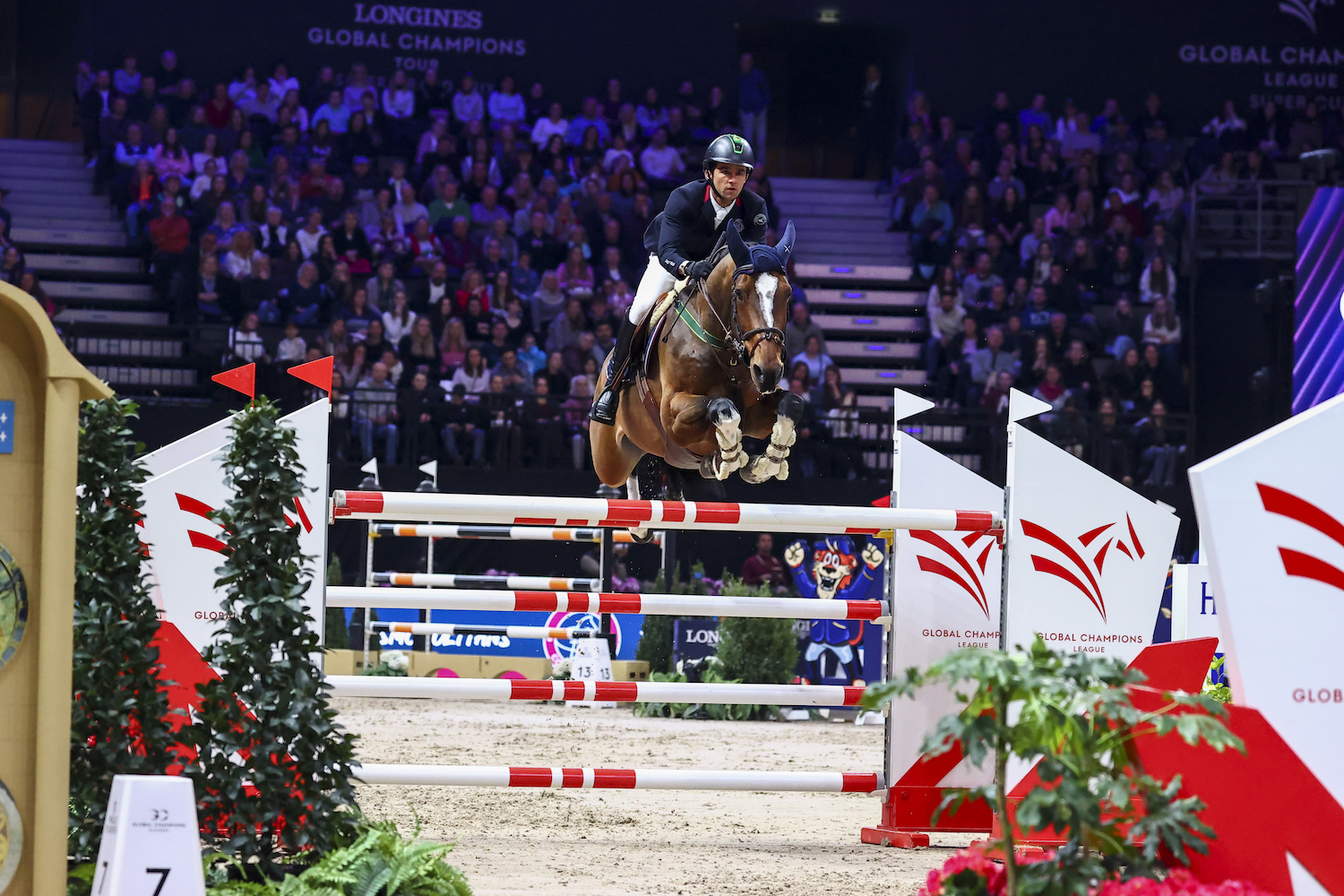The cool thing about equestrian sports is that if you love horses, you have a ton of choices—there’s truly a discipline to suit every personality.
And more often than not, most of us sample any number of options, from the type of saddle to the type of horse, before we find what fits. In Riding for the Team, the new book from the USET and respected equestrian journalist Nancy Jaffer, 47 riders, drivers, and vaulters share the paths (rarely straight ones) they took to the top. In this third of three exclusive excerpts, reiner Andrea Fappani tells us how his beginnings in classical horsemanship have influenced his success today.
***
I started riding at age four when my dad put me on a horse. It all began with an English saddle on a pony at a local barn that specialized in starting young kids with jumping. It was a long process; the English way of doing it—you don’t just jump on and go. We worked on a longe line for months and riding with no stirrups—all the basics of classical horsemanship. I would say my introduction to riding was definitely very different from the way most people begin in my sport.
I was raised in Bergamo, Italy, and the local stable was just down the road. My dad, Sergio, had a big dairy farm. My mother, Maddalisa, had ridden and owned horses, but she put them aside when she got pregnant. A few years later, after my sister Elena and I were born, my parents wanted to bring the horses back, and they intended that I should be taught by a professional.
I still believe that approach has paid off. I tell people I think many of the compliments I get for my riding can be traced to my background in the English side of the sport. There’s a big lack in the Western discipline, especially reining, to really teach young riders about horsemanship and the way you should sit on a horse before you teach the sport. It doesn’t matter what style of riding you do. If you know where the balance center point is on a horse, where to sit, where to put your legs, then you can do anything you want. I think my background has paid off as far as the way I approach everything, from grooming a horse to reading a horse’s mind to riding and performing. It’s the basis of everything.
I moved up from a pony to a bigger horse when I was about eight or nine years old. My parents were all excited about my jumping. But I had a bad experience when I fell off while jumping. I was a little bit scared; those huge horses were intimidating.
A friend of ours had been taking reining lessons with a local trainer and told us about it. We didn’t know anything about it. He convinced us to go watch him one day. I was amazed at how quiet these reining horses were. They were a lot smaller than some of the jumpers I had encountered, and their demeanor seemed a little bit nicer. I was kind of intrigued.
I took a lesson and fell in love with it from the day I sat on a horse I could guide without needing to have contact on his face all the time. He felt to me like he wanted to do the job on his own without me having to keep my legs on him all the time. That was a plus for me, because like any young kid, I was not very strong. Later on, I understood that I had to do a lot of other cues, but at the beginning, what attracted me was the fact that it was much easier for me to just sit on a horse with a loose rein. I liked it more than having a powerful animal underneath me that I had to contain.

When our friend first told us about Western horses, we kind of laughed at him and thought about John Wayne chasing cows. But the minute I understood what the sport of reining was and tried it myself, I found it was obviously another professional discipline, in some ways not very different from English riding. That’s because very early on, I understood that horses are horses. It doesn’t matter what breed they are or what they’re doing. If you understand the horse, you understand the horse.
***
This excerpt from Riding for the Team from the USET and edited by Nancy Jaffer is reprinted with permission from Trafalgar Square Books.



 November 18, 2019
November 18, 2019 





